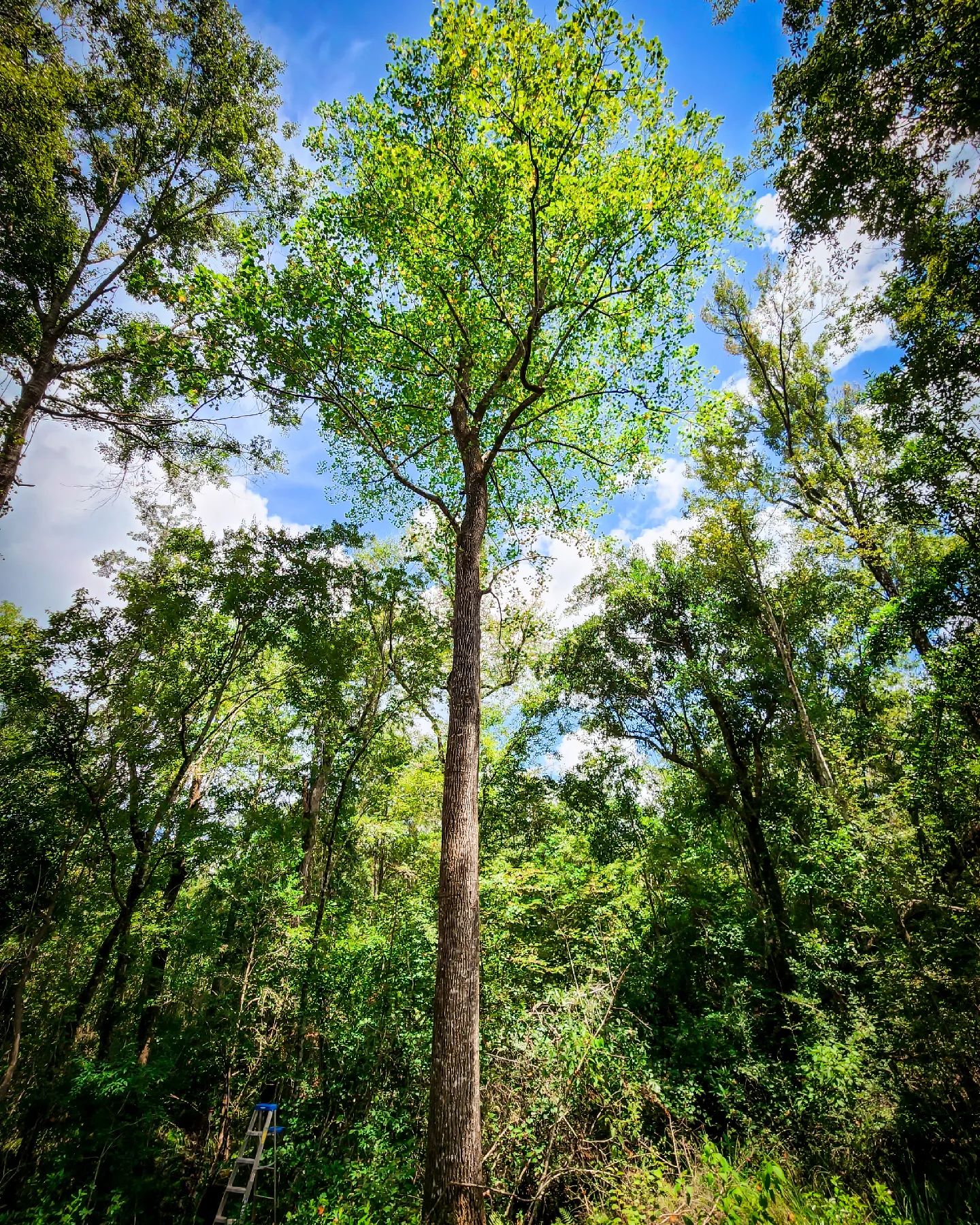Daily news to fashion magazines, school assignments, gift cards, and invitations to the safety of our online products, we use paper in different forms. Thanks to plants that produce paper!
Papermaking involves several processes, from fiber extraction, pulping, bleaching, pressing, and drying into a perfect sheet.
Table of Contents Show
Is Paper a Plant?
We are not unknown of the fact that the paper we grow up filling with our homework and classwork, and the one that helps us clean our mess, is a derivative of a plant.
Fibers are abundant in a mature plant, so the plant has to attain a certain maturity for fiber extraction.
Here is a step on how plants are processed into paper.
- Harvesting the Plants: You first need to start by harvesting mature softwoods, hardwoods, and Bamboo. The maturity of plants differs according to their habitat and growing conditions.
- Debarking Woods: Carefully remove the bark of the trees exposing the wood inside. You may use debarking tools for efficiency.
- Chipping and Pulping: Woods should be broken down into small pieces, which undergo the pulping process. Pulping is the process where cellulose from wood fibers is separated from lignin. It is mainly done in a digestor containing sulfur-based chemicals.
- Bleaching: You may need to bleach the paper to remove any impurities from the pulp. It also helps to brighten the color of the paper.
- Spreading the Paper: Mix the pulp with water to create a slurry and spread it over a mesh frame. The water drains out from the mesh frame, forming a sheet of wet paper.
- Press and Dry: Roll the wet paper applying pressure, and place them under bright sunlight. The paper should dry in about a day or two under mild sunlight.
- Final Touch: Apply a protective coating, and cut the papers into the desired size. You may add decorative covering or attach some dry flowers, and your paper is ready to be used.
Which Plants Are Used To Make Paper?
Several softwood and hardwood trees are a source of cellulose fibers for making papers.
However, the choice of the plants that produce paper depends on the desired characteristics of paper, fiber quality, and plant availability.
And since people are now more concerned about the environment and sustainability, you’ll find many paper products from Bamboo plants in the market.
So, let’s have a look at the plants that give us paper.
1. Softwood Trees
Softwoods like Pine, Cotton, Spruce, and Fir are the most popular plants that provide excellent long and strong cellulose fiber.
No wonder softwoods check all the boxes for high-grade paper with specific requirements.
Did you know that more than 80% of the paper in the US is from softwood trees?
Pine Tree
Pinu radiate and Pinus sylvestris exhibit good printability on papers with their smooth and uniform surface.
The ink absorption in Pine-bassed papers is consistent, making them perfect for newspapers and magazines.
Similarly, these low-lignin fibers are fast-growing and easy to pulp and process. Not only are they fast-growing, but also affordable due to low production costs.
Further, the fibers are long and heavy-duty, so you’ll find them mostly as packing materials.
Cotton Plant
Cotton plants produce soft, flexible, and cellulose-rich fibers that produce premium, archival-grade papers.
They are naturally low in lignin and have a smooth surface finish to the paper.

These fibers are super soft, so they need a quick blending of straw and wood pulp to make hygiene products like diapers and tissues.
Besides, the world’s most luxurious paper, rag paper, is completely made of cotton fibers.
2. Hardwood Trees
It is not common to use hardwoods as plants that produce paper due to the high lignin content, making the fiber breaking down into the pulp difficult.
In simple language, lignin is a plant glue that holds the fiber together but makes the paper weak, fragile, discolored, and breakable.
Nevertheless, there are a few hardwood trees or plants which are used to make paper.
Poplar Tree
The high yield of usable pulp from the Poplar tree is why they are among the grown and economical resources to make paper.
Generally, Poplar fibers have all the desired qualities, including relatively long fibers than Eucalyptus. Also, they are low in lignin, so pulp breakdown is easier during the paper-making process.

The papers from Poplar are suitable for writing, printing, packaging material, and specialty papers.
Eucalyptus Tree
The use of Eucalyptus in paper production is due to its fast growth, which allows sustainable and efficient harvesting.
Generally, to make papers from Eucatyptus, you need to blend the pulp with softwood fibers or recycled paper. This helps the strength and quality of the paper as the plant is a little behind in cellulose content.
But make sure to keep the Eucalyptus paper away from your pets, as it might be a little toxic to cats and dogs.
Meanwhile, Eucalyptus will be an excellent choice for papers if you live in zone 8 to zone 11.
3. Bamboo
Belonging to the grass species, Moso Bamboo (Phyllostachys edulis) is among the best plants that make paper after softwoods.
The Bamboo plants produce paper towels that are soft and absorbent, along with being sturdy for writing paper.

Further, use these Bamboo fibers to make handmade paper for the invitation and creative projects.
Moreover, Bamboo is a sustainable way to produce paper due to its rapid regeneration within a few years. At the same time, other trees take more than 5-7 years to reach harvestable form.
Here is what a Bamboo expert has to say about Bamboo paper products.
From Editorial Team
Reuse and Recycle!
As much as we use paper, we at Plantscraze advocate and encourage reuse, recycling, and minimizing paper waste.
Our little step of bringing a plant home adds to a green environment.
